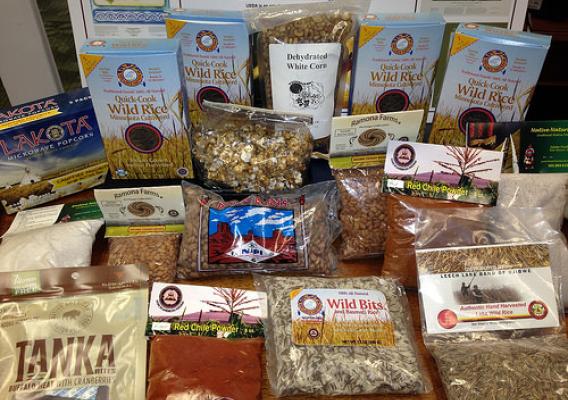Shortly after taking office, I joined other Cabinet officials on a visit to rural Southwest Alaska. We met with Alaska Native leaders and heard firsthand the difficulties facing Native Americans living in small communities in remote, rural areas. Since that time, this administration has worked each day to provide Native Americans with improved housing, better educational opportunities, clean water and sanitation, and the opportunity to create good jobs. Across government, and here at USDA, we’ve made progress (PDF, 194 KB).
This past week, I joined President Obama and members of the Cabinet at the sixth White House Tribal Nations Conference here in Washington, DC. In addition to serving as the Chair of the White House Rural Council, I am also a member of the White House Council on Native American Affairs, chaired by Interior Secretary Sally Jewell. Our priorities in Indian Country include promoting sustainable economic development; supporting greater access to and control over healthcare; improving the effectiveness and efficiency of tribal justice systems; expanding and improving educational opportunities for Native American youth; and protecting and supporting the sustainable management of Native lands, environments and natural resources.



